Talc is a monoclinic mineral with a sheet structure similar to the micas. Talc has perfect cleavage that follows planes between the weakly bonded sheets. These sheets are held together only by van der Waals bonds, which allows them to slip past one another easily.
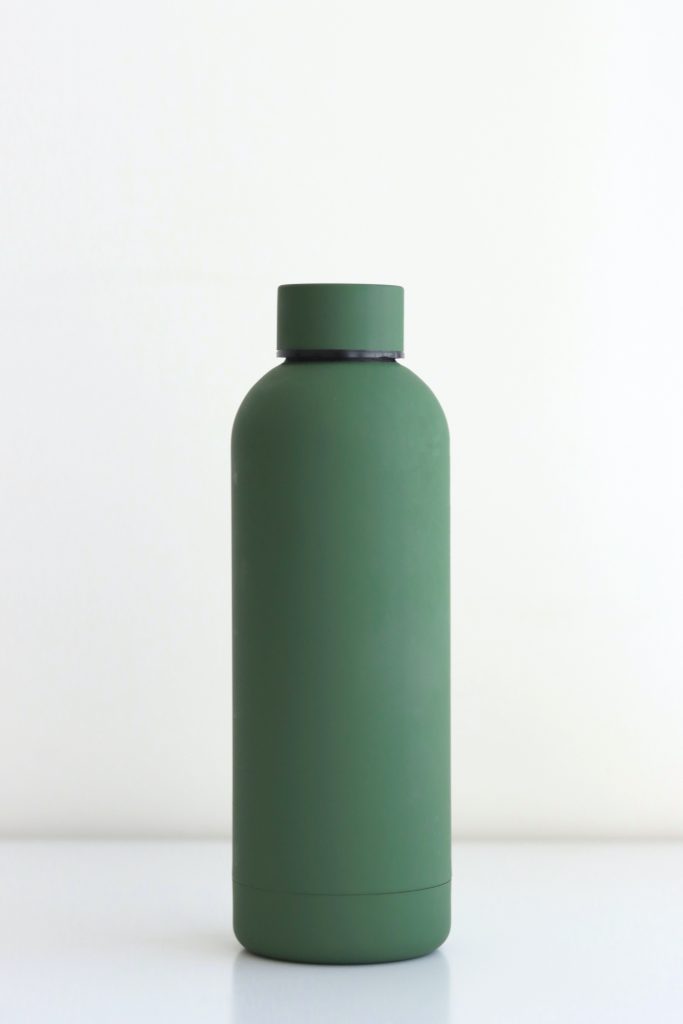
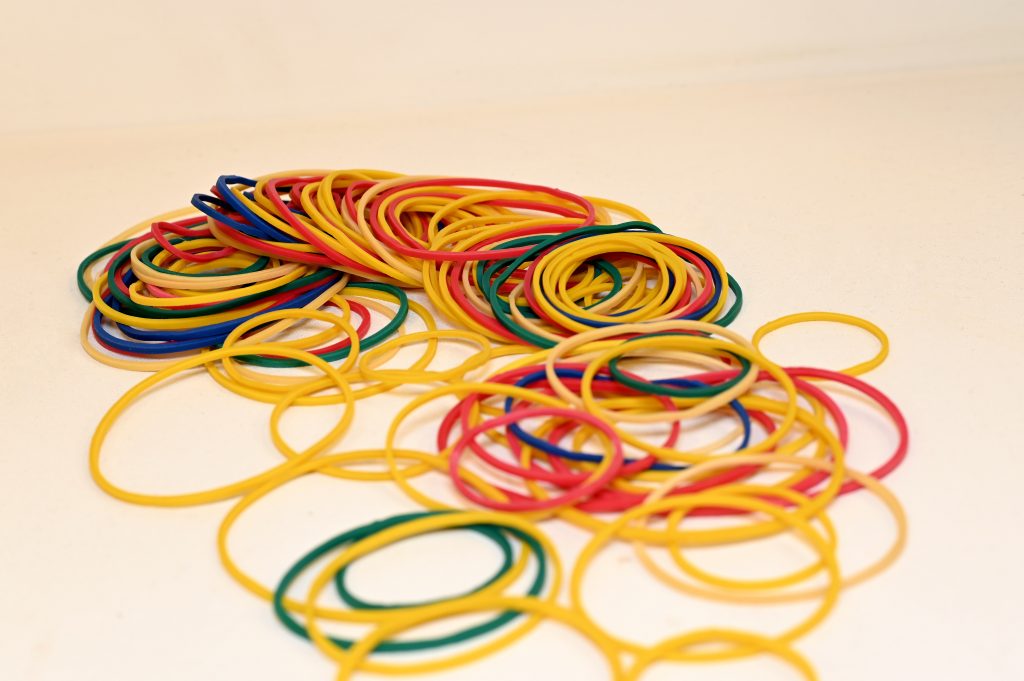
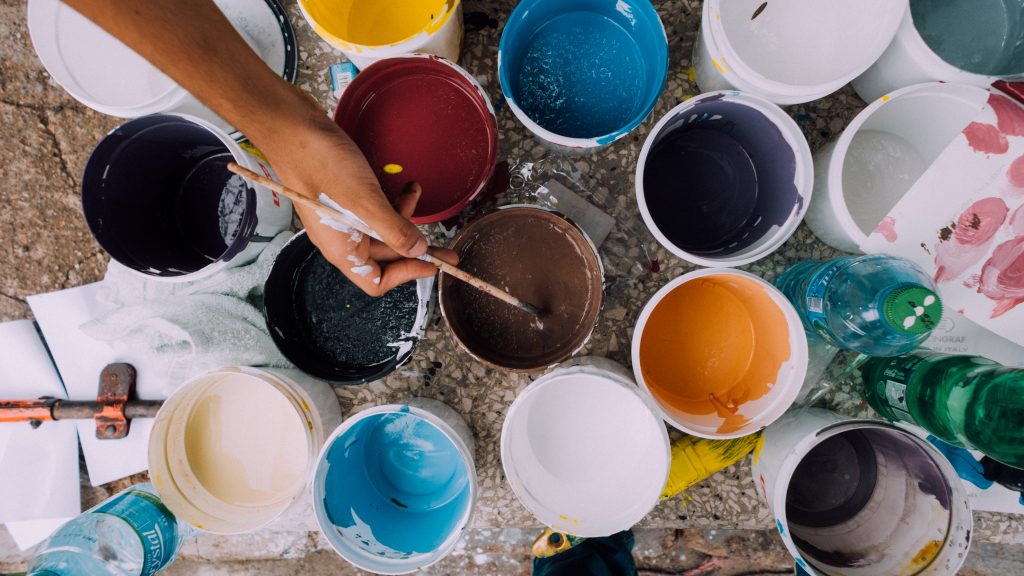
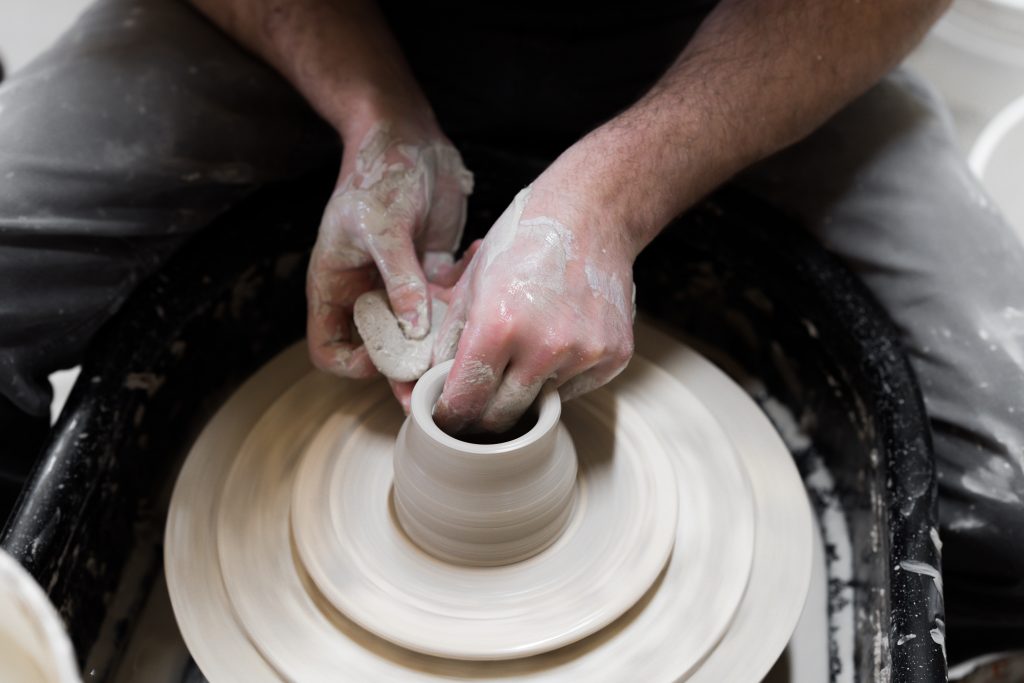
Talc is not only used in automotive plastics and household appliances but also in food packagings such as acid-resistant keep-fresh packs and yogurt pots, in laptop housings, and in window profiles.
It can be used in sewage pipes. Talc increases rigidity, creep strength, and impact resistance (particularly at low temperatures) and this makes PP/talc the environmentally friendly alternative to PVC.
In motor vehicles, talc in polymer compounds stabilizes fenders and makes dashboards more scratch-resistant. It gives the plastic parts under the hood the strength they need.
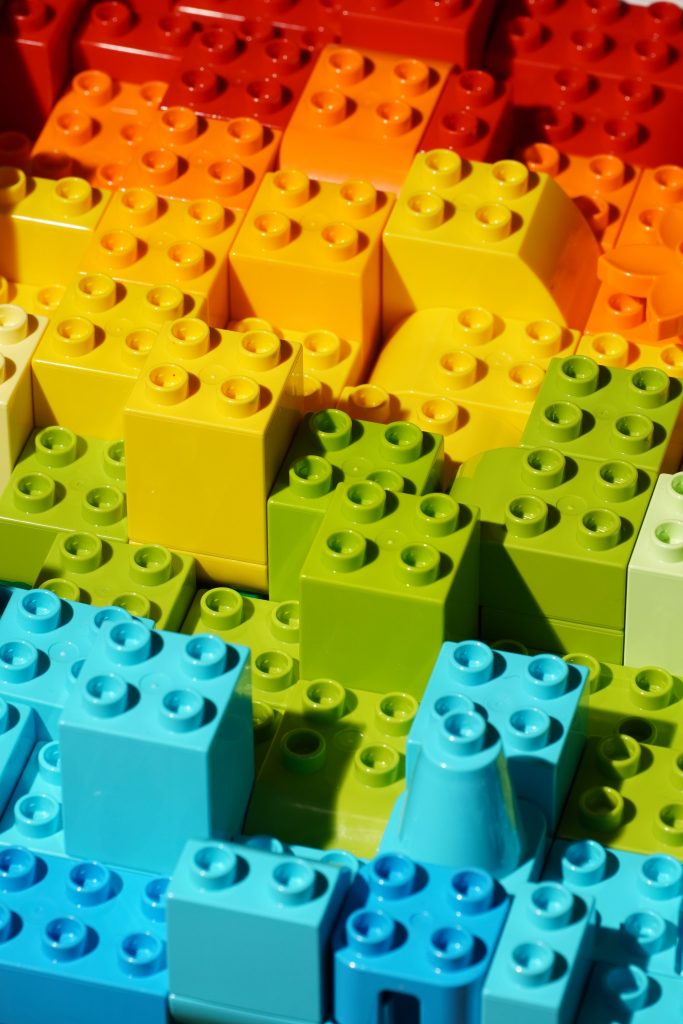
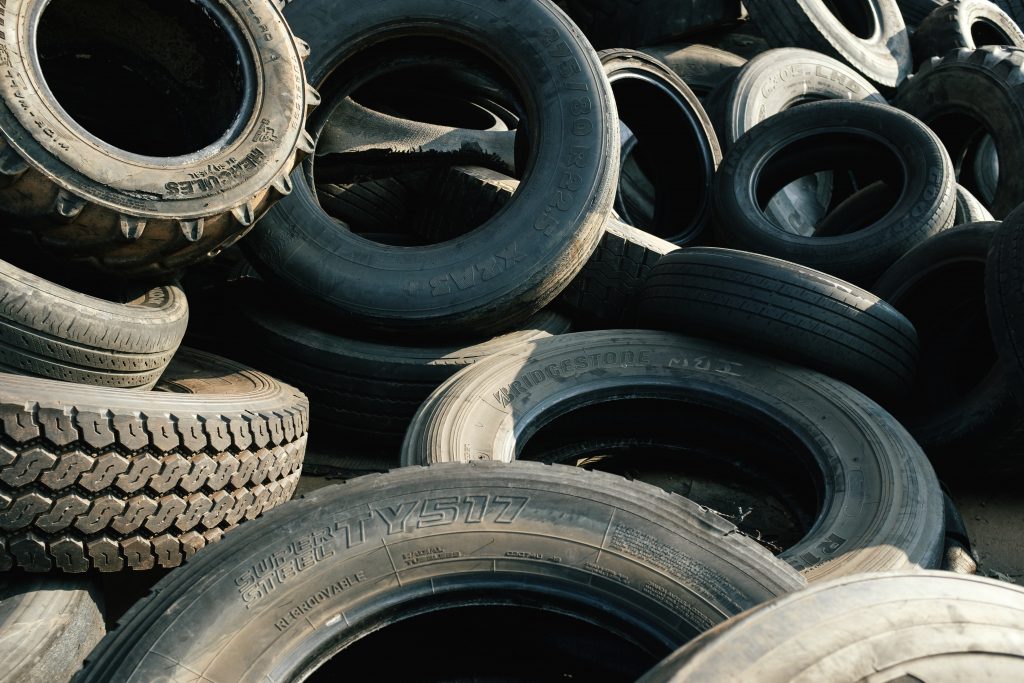
Talc improves the mechanical properties of rubber compounds. It reduces gas permeability and electrical conductivity, increases resistance to UV radiation and provides good compression resistance. Also, processing is improved because of a decrease in rubber viscosity.
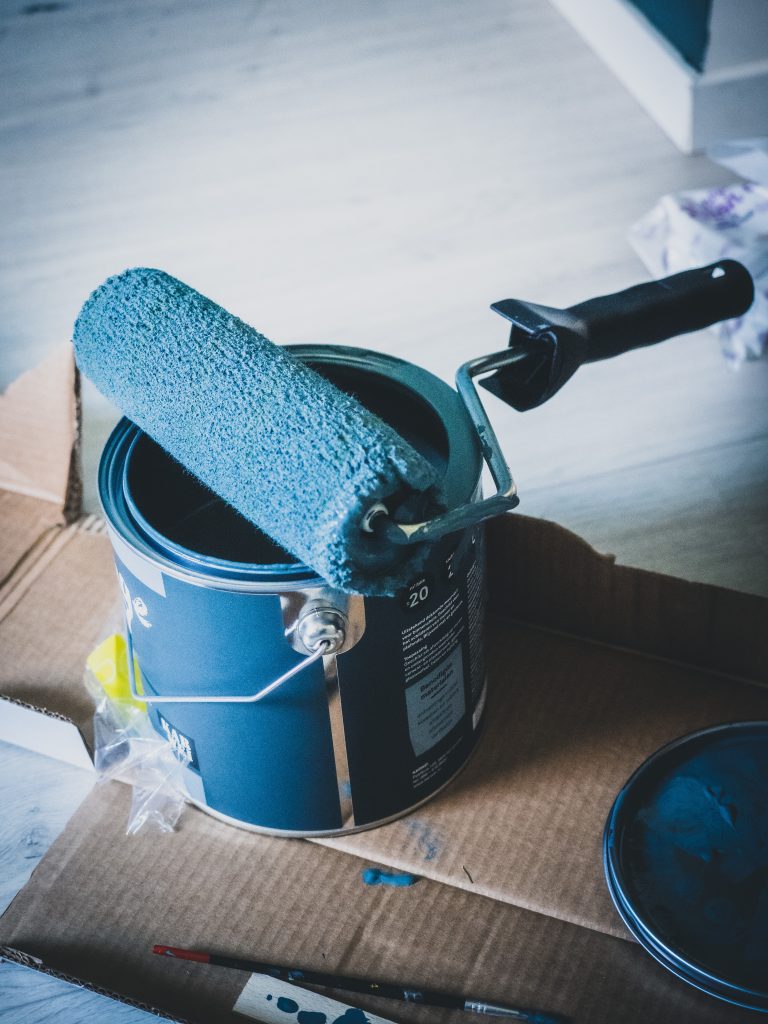
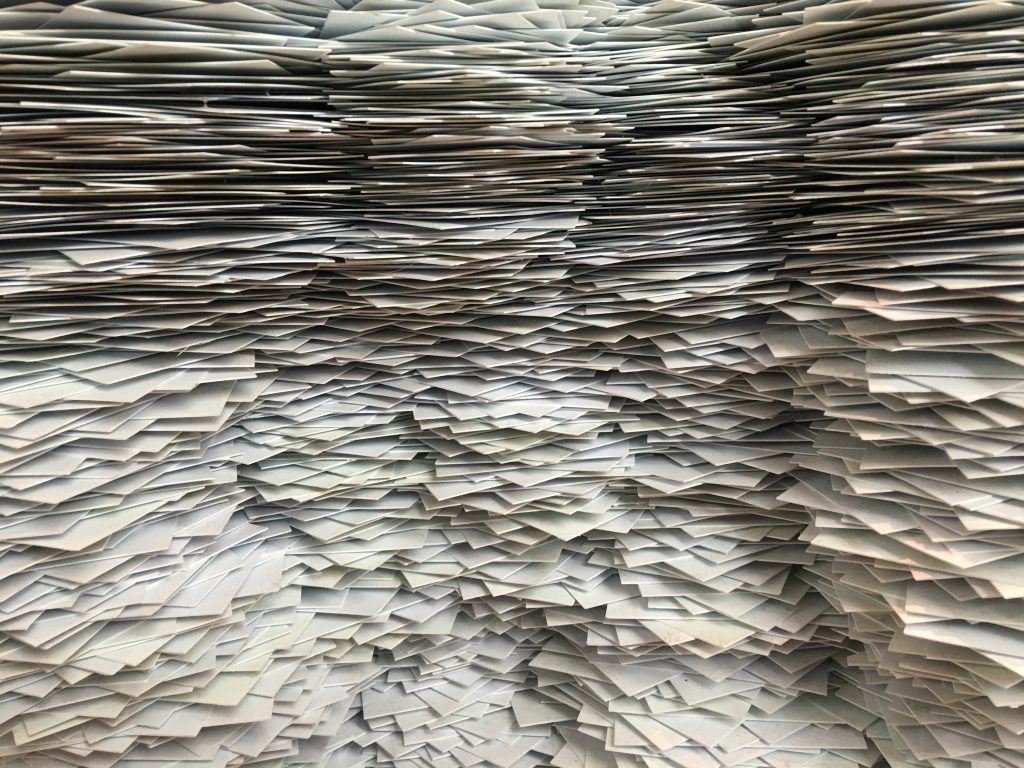
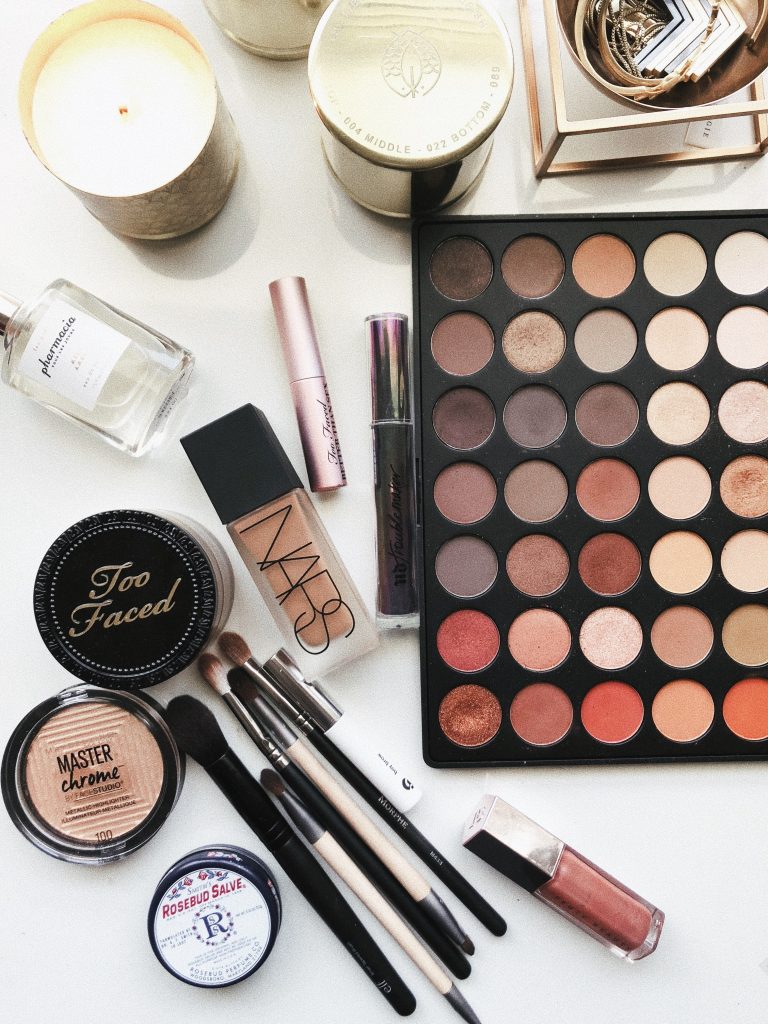
At squared minerals, we believe in consistency. The consistency to grow, analyze, improve, to provide the impeccable for our customers. Squared minerals give importance to the relationship between our valued customers and partners. Excellent communication among companies and individual is the key to successful opportunities. We hope you have an esteemed experience with Squared mineral and maintain an unceasing relationship.